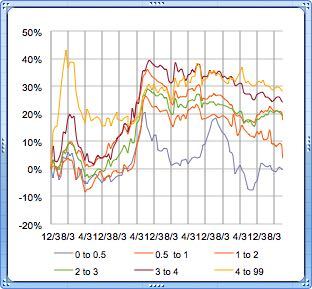An Overview Of Common Alloys Used In Jewelry
Fine jewelry settings are created from precious metals. This article addresses some important information about gold, white gold, rhodium plating and nickel allergies, as well as covering fine distinctions between common platinum alloys. Many alloys exist and new ones are constantly being developed. Here is an overv...
An Overview Of Common Alloys Used In Jewelry CLICK HERE TO VIEW POST







